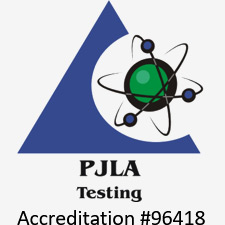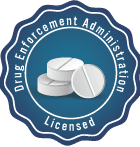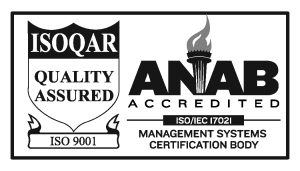E&L testing involves investigating extractables from the product related to its materials of construction or trace impurities that may come from contact with packaging or manufacturing processes that the product is likely to come into contact with in its working lifetime. These low-level contaminants can often be unexpected or be present in a high number and hence formal quantitation is impractical.
The ICH and ISO guidelines for pharmaceutical and medical device testing recognize the use of relative quantitation as a valid approach for quantifying impurities.1, 2 Relative quantitation is the practice of estimating the concentration of an analyte using a surrogate standard. Relative response factors are a convenient way to express the relationship between signal strength and concentration for a compound in comparison to a standard reference material (surrogate standard). If the relative response factors are the same for a compound and a standard, then they will give the same response at an equal concentration. If they have differing response factors, then they will provide different signals at an equal concentration.
The main advantage of relative quantitation is that it only requires the use of a surrogate reference standard for quantification and does not require isolation of the impurity or identification and synthesis of the impurity. This makes it a very practical approach. The downside of this approach is that the concentration estimate will contain an error in proportion to the response factor variation for the analyte and the surrogate standard.
Reducing Response Factor Variation in E&L Testing
E&L Testing with Jordi Labs
Jordi Labs has over 40 years of experience in E&L testing. Their robust understanding of the analytical processes and precision required for E&L testing means Jordi Labs has developed approaches to handle relative response factor variation in E&L testing for the most reliable and reproducible results.





